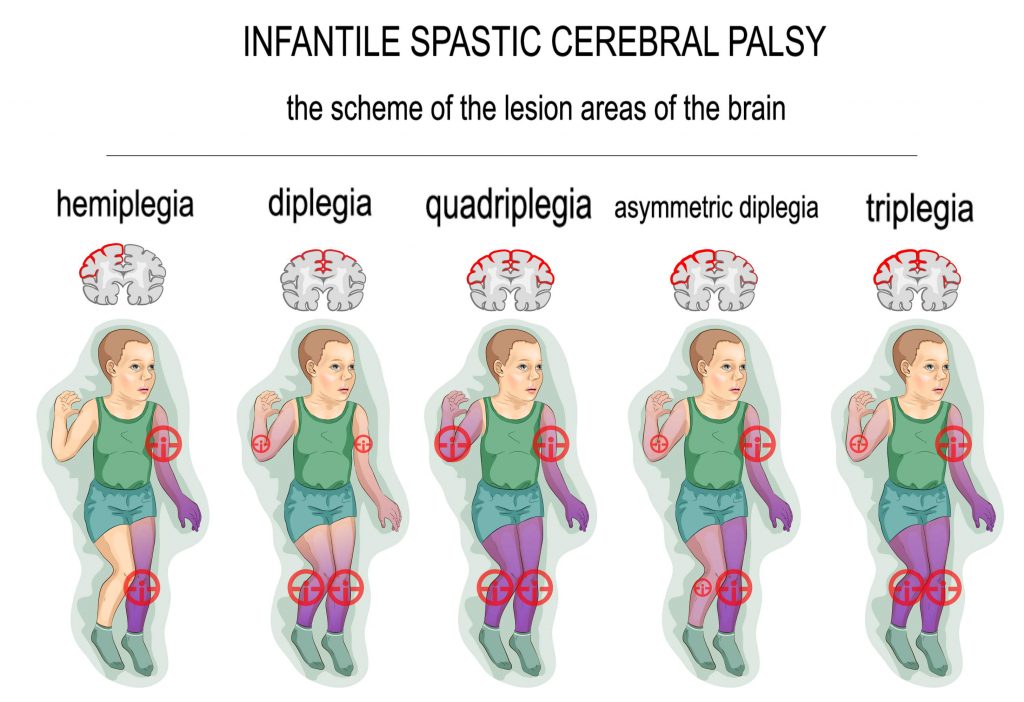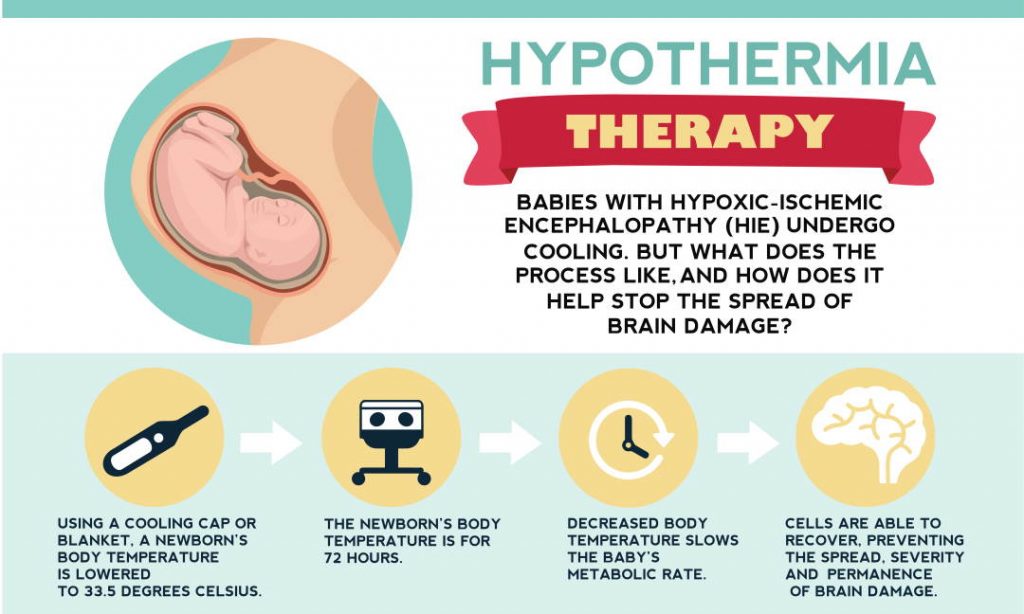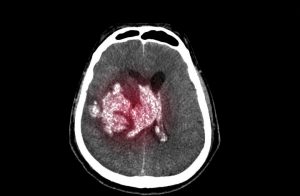Brain injuries in children and adolescent youth can occur from physical harm or illness and result from a variety of causes including labor and delivery. These injuries can last a lifetime and leave children mentally handicapped or physically disabled forever. Treatments can improve the quality of life but are expensive and not easy to obtain.
Brain injuries in children can also happen in adolescent youth through physical injury or illness. Physical head trauma can result in lifelong complications and undiagnosed illnesses, including fevers or strokes, can leave a child mentally handicapped if not appropriately treated.
If your child or a child you know suffered a brain injury as a result of someone else’s conduct, we can help you fight for relief. Don’t suffer alone. Call us today at 713-864-4000.



 Bleeding in a child’s brain is also known as intracranial hemorrhage. This condition is one in which bleeding occurs in any part of the brain or in the area between the brain and the skull. If bleeding persists or is more extensive, it can cause damage to brain tissue. Bleeding of this nature can also result in brain swelling or brain compression. Bleeding in the brain of a child is the result of trauma in most instances.
Bleeding in a child’s brain is also known as intracranial hemorrhage. This condition is one in which bleeding occurs in any part of the brain or in the area between the brain and the skull. If bleeding persists or is more extensive, it can cause damage to brain tissue. Bleeding of this nature can also result in brain swelling or brain compression. Bleeding in the brain of a child is the result of trauma in most instances.